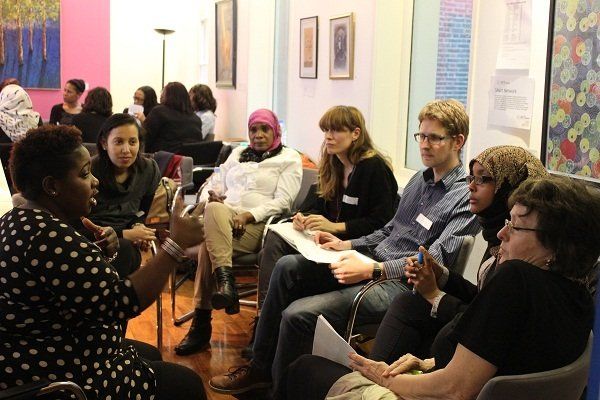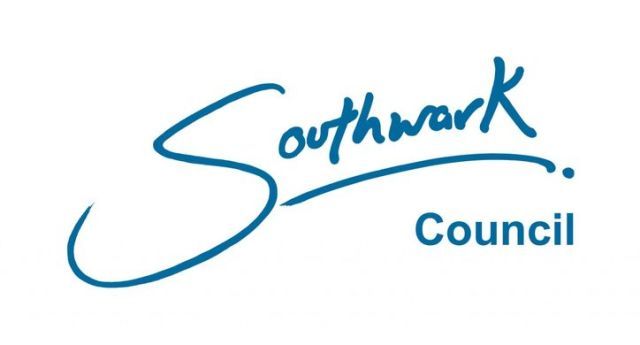This first video is an introduction to the project's ecourse and includes definition of Conflict, Violence and Restorative Justice. Additionally, the course provides contact numbers and a list of things to do to prevent violence.
In partnership with Kings College and Southwark Council
"My Life – My Future: Restorative Futures" was developed and delivered with two strategic local partners i.e. our local Council and Kings College London. As part of the College's Civic Challenge we worked with a group of young people ensuring that the project is developed, delivered and monitored through a bottom- up approach. King’s Civic Challenge brings together teams of students, staff and local charities to co-create solutions to some of the challenges our communities face. Therefore, this project could not be more timely for Southwark. The Council was also keen to see levels of anti-social behaviour being reduced while providing more positive opportunities for local young people.

Project Objectives
The project objectives were drawn from:
- Kings Civic Challenge principles
- Southwark council's Voluntary and Community Sector Strategy
- the London Mayor's "A Shared Endeavour" recommendations and strategic direction.
Our aim was to develop a sustainable project, focused on promoting social justice and community cohesion, by:
- Fostering the understanding of Restorative Justice (RJ) to secondary school students in Southwark to ensure they are aware and educated of the key issues and elements related to RJ.
- Raising awareness of social challenges and providing the necessary tools for the students to contribute to their community responsibly via student activism.
- Encouraging critical thinking, imagination and creativity amongst students to ensure the sustainability of student activism and social justice awareness.
- Creating spaces where all students can express their feelings and opinions regarding social issues they consider relevant in line with RJ.
Project Results
Through a bottom up structure and a youth-led methodology, the project:
- Provided internships and high-quality volunteering opportunities to 100 children and young people and though these create social action including running, evaluating and quality controlling the project.
- Delivered youth-led workshops to 100 children and young people in formal and informal education settings to become peer mediators and increase their awareness of the risks and harm involved in gangs and violent radicalised activities.
- Trained 100 youth workers and professionals in formal (e.g. schools) and informal (e.g. community) educational settings through a CPD accredited (face-to-face and online) course, giving them the knowledge and skills to use restorative justice and the Good Lives Model in preventing children and young people from being groomed into gangs and/ or being radicalised.
- Increased awareness among local stakeholders of restorative justice as a methodology and ethos for preventing gang and radicalised violence through a series of youth-led awareness raising actions, including a youth-led campaign, a closing local conference, website, social media, media engagement, e-newsletters and videos.
- Restorative justice in theory and practice
- Radicalisation- why and how
- Education and the rights of the child
- Positive psychology and the 'Good Lives Model'

Slide title
Write your caption hereButtonSlide title
Write your caption hereButton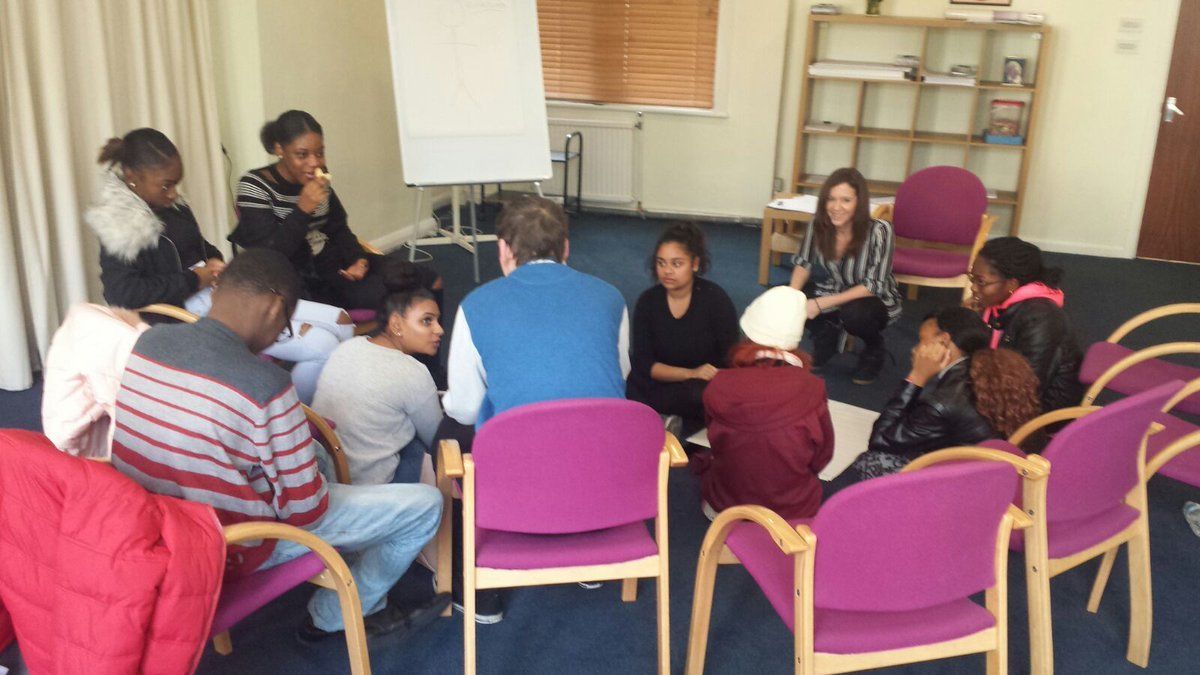
Slide title
Write your caption hereButton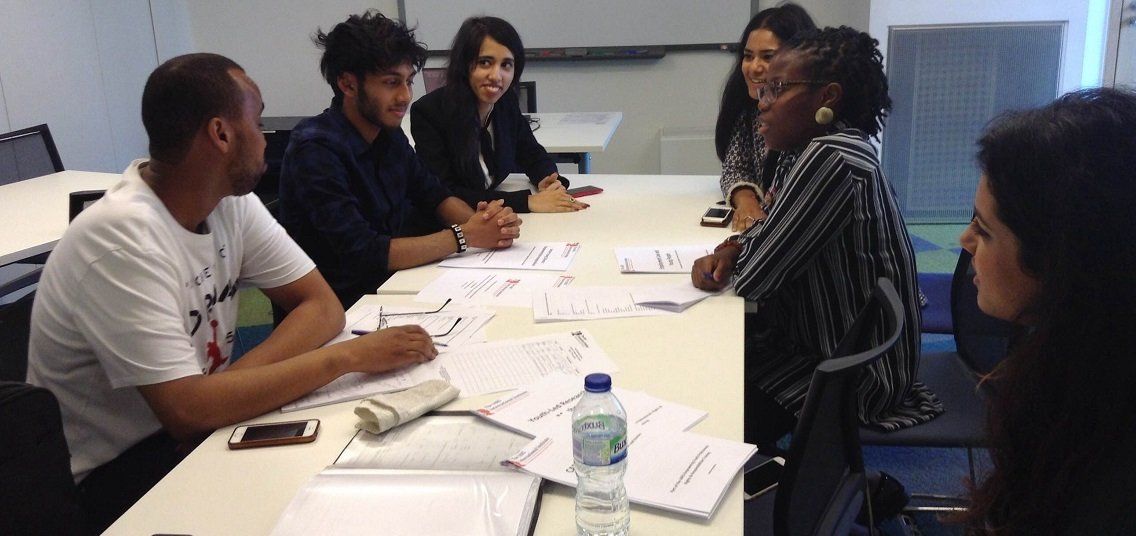
Slide title
Write your caption hereButton
Young People Online Video Learning


This video provides an overview of what restorative justice is. We talk a bit about the definition, the history and the objectives of restorative justice and we give an overview of Restorative Justice Practices. Further in the course, we will learn more in deph about RJ Practices, when we teach you about how to become a peer mediator

This video is an introduction to conflict.
We provide an overview of the definition of conflict and enphasize in the idea that conflict is normal. Conflict is a part of life, and it's important to know how to deal with conflict because if we don't do it properly, conflict can lead to violence. In the next chapter we will teach about violence and what to do when facing it.

The fourth video introduces the concept of violence and the different types of violence a person can experience. We also provide a list of 10 things you can do to stop and/or prevent violence and at the end, we give you some contact information from organisations who work with victims so you can save them if you or a friend ever need them.

The fifth and last video of this series teaches us about Peer Mediation and its importance to restore harmed relationships but also to prevent violence and radicalisation.
At the end of the video we also take a look at the advantages of bringing Restorative Justice Practices into the school.
Restorative Justice for All International Institute (RJ4All)
The RJ4All Rotherhithe Community Centre, 30 Plough Way London SE16 2LJ, UK
admin@rj4all.org | +44(0)7708758600 or 07795678904
